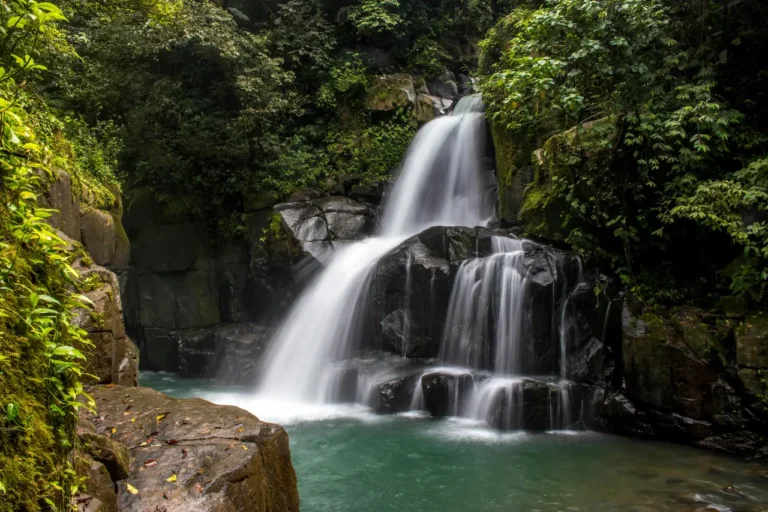Maritime Silk Road: The Cheras Link to China, Arabia, and the Eastern Mediterranean
The wind carries whispers, doesn’t it? Whispers of the monsoon, of ships laden with spices and silk, of empires rising and falling. I’ve spent a lifetime tracing these whispers, piecing together the fragments of history that bind the Indian subcontinent to the far horizons – specifically, the story of the Cheras and their extraordinary role in the Maritime Silk Road. It’s a story less frequently told than the tales of the Mauryas or the Guptas, yet one that reveals a critical juncture in the flow of global commerce and cultural exchange. This wasn’t merely trade; it was a complex choreography of diplomacy, warfare, and cultural pollination, and the Cheras, situated strategically in the western coast of Malabar, were the orchestrators of a vital section of this grand design.
The Geography of Opportunity: The Cheras and the Western Malabar Coast
To understand the Cheras’ significance, we must first understand the geography. The western Malabar coast, encompassing what is now Kerala, was a land of dramatic beauty – lush paddy fields, dense forests, and a coastline sculpted by the relentless embrace of the Arabian Sea. The Romans, the Greeks, and later, the Arabs, recognized its strategic importance. The Cheras, themselves, emerged from this landscape, consolidating power around the port of Kollam (Quilon), a natural harbour that offered shelter and access to navigable waterways. Kollam’s position, nestled at the mouth of the Ashtamudi Lake, was a gift of nature – a sheltered lagoon connected to the open sea, facilitating the loading and unloading of goods. This wasn’t a haphazard settlement; it was built on a system of canals and warehouses, a miniature version of a bustling port city, reflecting a profound understanding of maritime logistics. The terrain itself dictated the kingdom’s orientation: a westward lean, naturally predisposed to engagement with the world beyond the Indian Ocean.
The Political Context: Kings, Clans, and the Clan-Based Polity
The Cheras weren’t a centralized empire in the classic sense. Their polity was remarkably decentralized, rooted in a clan-based system. The kingdom was composed of several powerful clans – the *Vanthar*, the *Kayam*, and the *Sakatas* – each controlling territories and resources along the coast. The king, known as *Raja*, was not an absolute ruler but rather a figurehead, elected from among the clans. This system, while seemingly chaotic, proved remarkably resilient. It fostered a constant competition for resources and influence, but it also ensured that no single clan could dominate for too long. This clan-based structure wasn’t born from weakness; it was a pragmatic response to the volatile nature of the coastal environment and the constant threat of rivals, both internal and external. The *Vanthar*, famed for their seafaring prowess, were particularly influential, controlling much of the trade and maintaining a formidable fleet. The king’s role was to mediate disputes, raise armies, and maintain alliances – a constant balancing act crucial to the kingdom’s survival.
Key Figures: Raja Bhadresen and the Turning of the Tide
Our most compelling narrative revolves around Raja Bhadresen, a figure shrouded in some mystery, whose reign, based on epigraphic evidence (primarily inscriptions found at Kollam and other sites), marks a pivotal shift in the Cheras’ engagement with the world. The inscriptions, predominantly in Tamil, speak of his ambition, his maritime expeditions, and his establishment of a permanent trading station in Guangzhou (Canton) – a monumental achievement that placed the Cheras firmly at the heart of the Maritime Silk Road. Bhadresen wasn’t a visionary in the modern sense; he was a shrewd pragmatist, acutely aware of the potential for wealth and power that the East offered. The inscriptions suggest a strong desire to secure access to Chinese silk, porcelain, and other luxury goods, as well as to establish a secure supply of spices – cloves, cardamom, and pepper – a commodity desperately sought after in the Roman and Byzantine markets. He’s described as ‘the Master of the Sea,’ a title reflecting his dominance over the coastal trade routes. The details surrounding his personal life are scarce, but the inscriptions reveal a man driven by a fierce ambition and a deep understanding of the strategic value of maritime dominance.
The Battle of Kollam (circa 7th Century CE) – A Tactical Masterpiece
The most dramatic episode in the Cheras’ story is undoubtedly the Battle of Kollam, a conflict that solidified their control over the western Malabar coast and demonstrated their military capabilities. The battle wasn’t a single, decisive clash but rather a protracted series of skirmishes and sieges, culminating in a strategically brilliant victory orchestrated by Raja Bhadresen’s lieutenant, the *Vanthar* chieftain, *Kayamman*. The enemy was a coalition of rival clans – the *Kalassas* and the *Samantas* – who sought to challenge the Cheras’ dominance. The *Vanthar*, utilizing their intimate knowledge of the coastline, employed a masterful tactic: they lured the enemy into a narrow inlet, where they used strategically placed booms and fires to disrupt the enemy fleet. The *Samantas*, renowned for their cavalry, were effectively contained by the *Vanthar’s* blockade. Crucially, the *Vanthar* utilized *catapults* – a relatively new weapon in India – to target the enemy’s ships. The turning point came when *Kayamman* skillfully exploited a breach in the enemy’s defenses, leading a small, elite force to capture the enemy’s flagship. The battle ended with a decisive Cheras victory, securing their control over the entire western Malabar coast. This victory wasn’t just a military triumph; it was a testament to the Cheras’ logistical prowess, their naval expertise, and their ability to adapt to changing circumstances.
The Aftermath and Long-Term Impact
The Battle of Kollam ushered in an era of unprecedented prosperity for the Cheras. Their control over the western Malabar coast allowed them to amass enormous wealth, which they used to finance further expeditions, build impressive temples (evident from the surviving inscriptions), and consolidate their power. Their engagement with China significantly expanded the scope of their trade, and the exchange of goods, ideas, and technologies had a profound impact on both cultures. The Cheras introduced Chinese ceramics and silk to India, while Indian spices and textiles found their way to the East. This exchange facilitated the spread of Buddhism, and the Cheras, like many other coastal kingdoms, embraced this religion, establishing monasteries and supporting Buddhist learning. The legacy of this period is evident in the numerous Buddhist inscriptions found in the region, offering valuable insights into the cultural and religious landscape of the time. The Cheras’ influence extended beyond the Malabar coast, impacting trade routes across the Indian Ocean and contributing to the broader interconnectedness of the ancient world.
Cultural Legacy and Modern Memory
Today, the story of the Cheras is largely forgotten, overshadowed by the more prominent narratives of other Indian kingdoms. However, traces of their presence can still be found in the cultural landscape of Kerala. The *Kollam* harbour, though no longer a bustling trading centre, remains a vital port, and the name ‘Kollam’ is inextricably linked to the Cheras’ maritime legacy. The numerous Buddhist inscriptions found in the region serve as a powerful reminder of the Cheras’ embrace of Buddhism. Moreover, the story of Raja Bhadresen and his daring expeditions continues to inspire, reminding us of the courage and ambition of those who dared to explore the unknown. The echoes of the Maritime Silk Road still resonate today, reminding us of the interconnectedness of human history and the enduring legacy of trade and cultural exchange. The Cheras, a small kingdom on the western coast of India, played a pivotal role in this grand narrative, a testament to the fact that even the most unassuming players can have a profound impact on the course of history.
The winds continue to carry the whispers – listen closely, and you might just hear the story of the Cheras.





